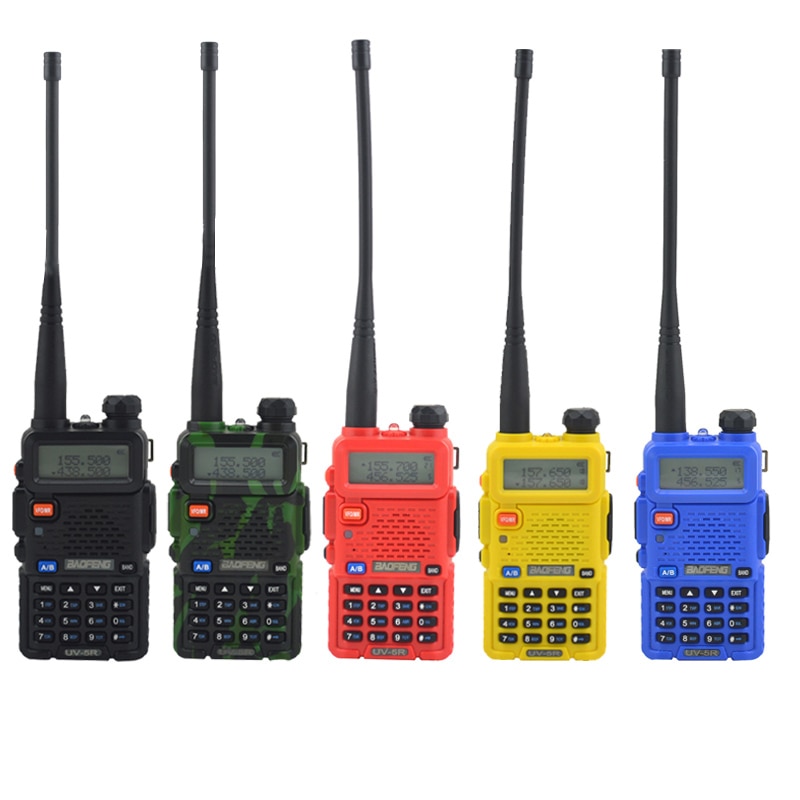Baofeng BF-888S and Baofeng UV-5R are both popular handheld transceivers (walkie-talkies) from Baofeng, but they have different features and capabilities. Here’s a comparison of their range based on their specifications, although real-world range can vary due to factors like terrain, obstacles, and atmospheric conditions.
Baofeng BF-888S:
- Power Output: The BF-888S typically has a power output of around 1 watt.
- Frequency Bands: It operates on UHF frequencies (400-470 MHz).
- Channels: The BF-888S has 16 pre-programmed channels.
- Antenna: It comes with a fixed antenna.
- Simple Design: The BF-888S is a basic and straightforward model, suitable for simple communication needs.
Baofeng UV-5R:
- Power Output: The UV-5R usually has a power output of up to 4 watts (variable settings).
- Frequency Bands: It operates on both VHF (136-174 MHz) and UHF (400-520 MHz) frequencies.
- Channels: The UV-5R has more channels (usually around 128) and can be programmed with more flexibility.
- Antenna: It comes with a removable antenna, allowing for the use of external antennas.
- Additional Features: The UV-5R has a more advanced feature set, including a dual-band display, FM radio reception, and more advanced programming options.
When comparing their potential range, the Baofeng UV-5R generally has an advantage due to its higher power output and the ability to operate on both VHF and UHF bands. However, keep in mind that the actual range you achieve will depend on various factors, as mentioned earlier. UHF frequencies (like those used by the BF-888S) tend to work better in urban and indoor environments with obstacles, while VHF frequencies (like those available on the UV-5R) might provide better coverage over longer distances in open areas.
For a reliable range test, consider conducting the test in an open area with minimal obstructions and using similar conditions for both radios. Remember that while higher power can extend range, it’s not the only factor; the quality of the antenna, the clarity of the line of sight, and the absence of interference all play crucial roles in achieving maximum range.
Always ensure that you are using your radios within the legal frequency bands and power limits of your region. If you’re specifically looking for maximum range, you might also consider investing in external antennas or using repeaters to extend your communication coverage.
